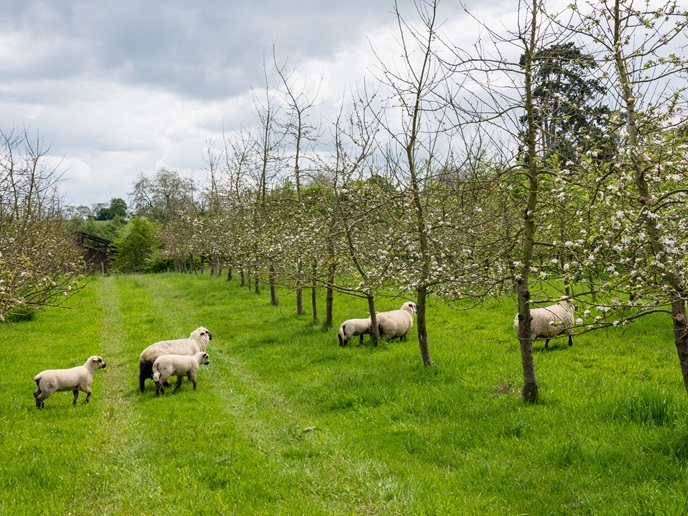Tree survey finds South America’s Atlantic Forest under severe threat
The Atlantic Forest of South America stretches the length of the southern coast of Brazil, extending as far inland as Paraguay. It is a biodiversity hotspot, with a high percentage of endemic species, but has lost 86 % of its area to human activity. “If this region disappears, the world will lose a lot of species,” says project researcher Renato A. Ferreira de Lima. The EU-funded THREAT(opens in new window) project sought to catalogue the number of endemic tree species in the forests, and categorise the level of risk they currently face. To make their assessment, Lima and his colleagues at the Naturalis Biodiversity Center(opens in new window) in the Netherlands turned to the Global Biodiversity Information Facility(opens in new window), a free database of scientific information on flora and fauna compiled by institutions all over the world. The team gathered over 3 million herbarium records and 1 million tree inventory records, covering 5 000 species in the Atlantic Forest region. They wrote software to clean and organise this data, producing a list of species identified in the area, with a measure of how endemic each plant was.
Defining conservation status
The second part of the project was preparing an assessment of the threat level for each endemic species. “We needed to estimate the population size for each species, calculate the population decline, and then have all the International Union for Conservation of Nature (IUCN)(opens in new window) criteria to classify species as endangered,” explains Lima. This meant tracking the forest cover over time in fine detail, and gathering life history data on each species, including lifespan, time to reach maturity, and reproduction rate. The project resulted in new conservation assessments for nearly 3 000 species. “Overall the picture is not good,” says Lima. “What we found was quite remarkable, the majority of the endemic Atlantic Forest trees are threatened. It was more or less expected, but it freaks you out a little bit.” Five species that were previously considered as extinct or extinct in the wild were rediscovered, and 21 species listed as critically endangered were reclassified as possibly extinct.
Legal protection
Lima’s work was supported by the Marie Skłodowska-Curie Actions programme(opens in new window). “This was essential in terms of travelling, training, networking, living costs and institutional costs,” says Lima. “Right now I’m between jobs, and it’s helping me to be selective about the career path I want to follow, and not run desperately to any job.” Data from the THREAT project was compiled in such a way that it meets all the criteria needed by the IUCN to make a formal assessment of each species’ conservation status. “The target audience for this project is Brazil’s environmental agencies,” he notes. “We want to give them all the input we can, so that these species can become protected by law.” Lima says the software developed during THREAT will also be made publicly available: “We tried to focus on making all the code and functions developed during the project really open source, so anyone could use them if they wanted to make the same evaluations elsewhere.” He adds that his work underscores the importance of continuing conservation efforts in the region. “Looking at the Atlantic Forest in Brazil, if these species disappear, lots of others that depend on them for support or food might disappear as well. The whole biodiversity can collapse.”







